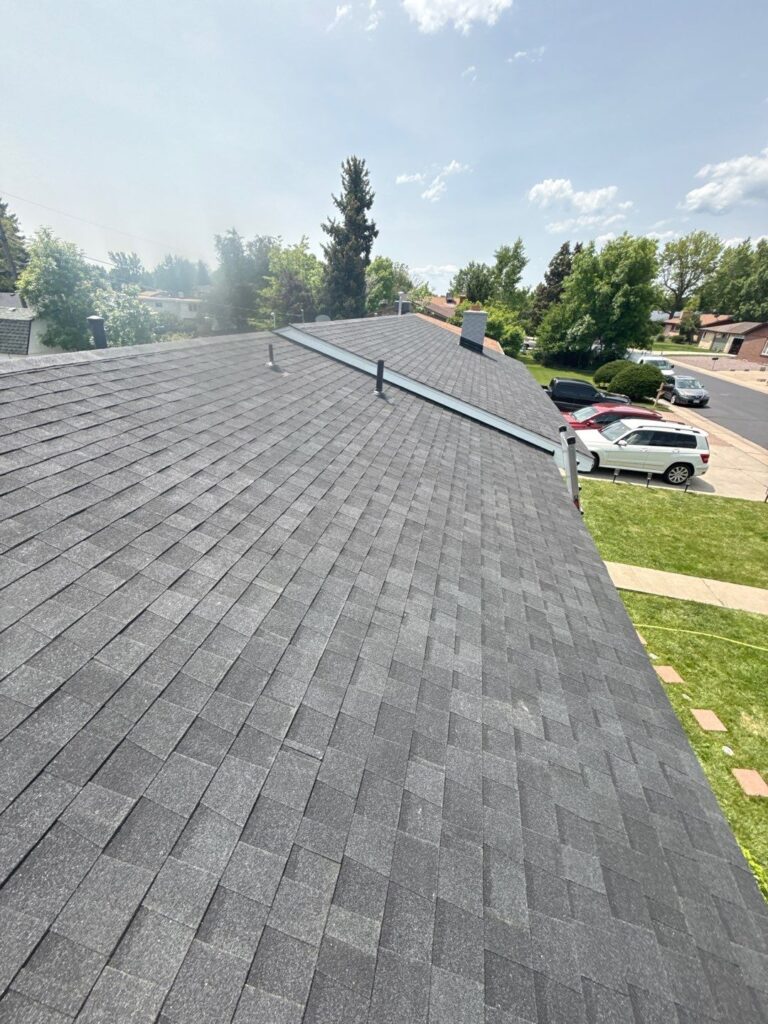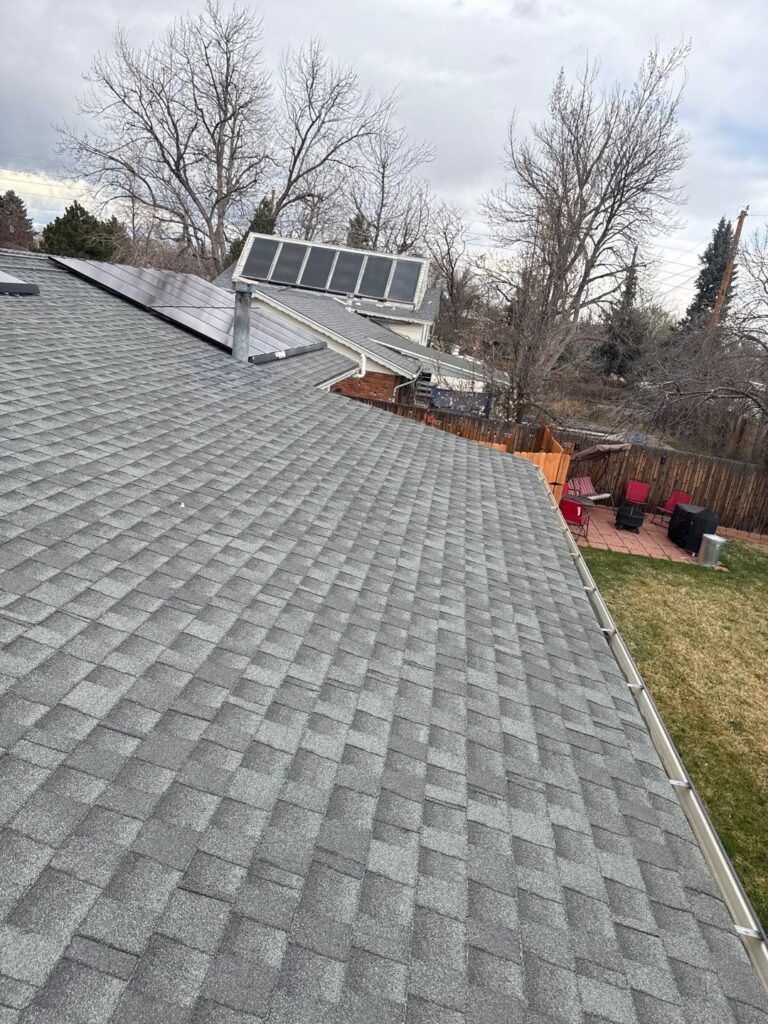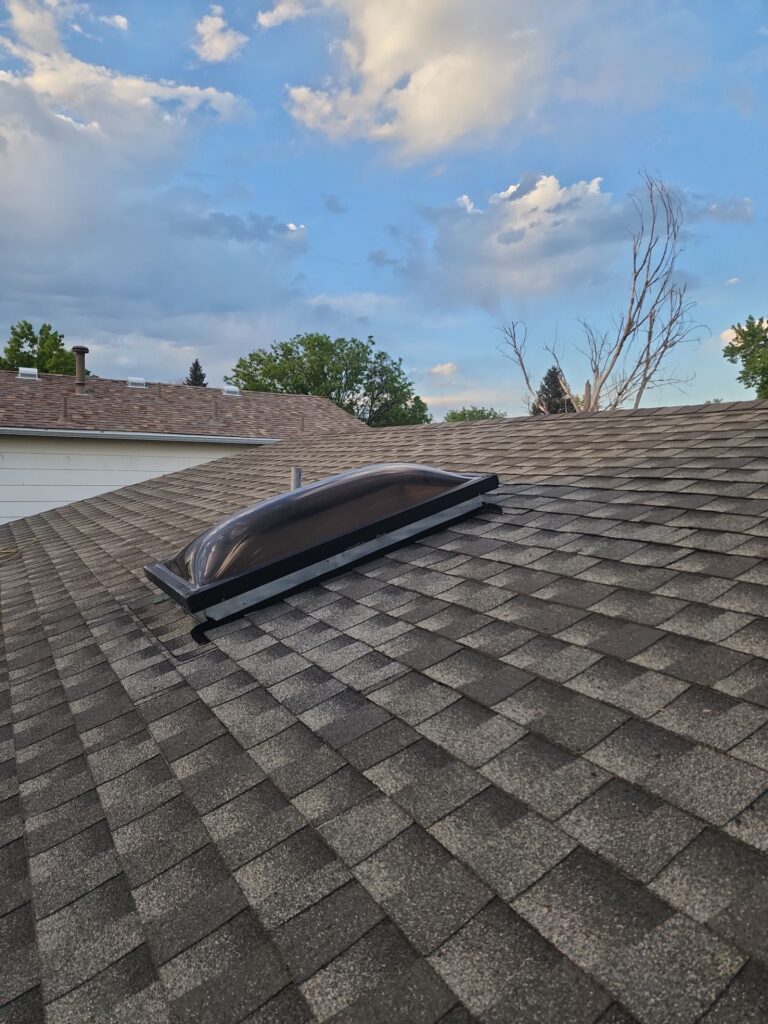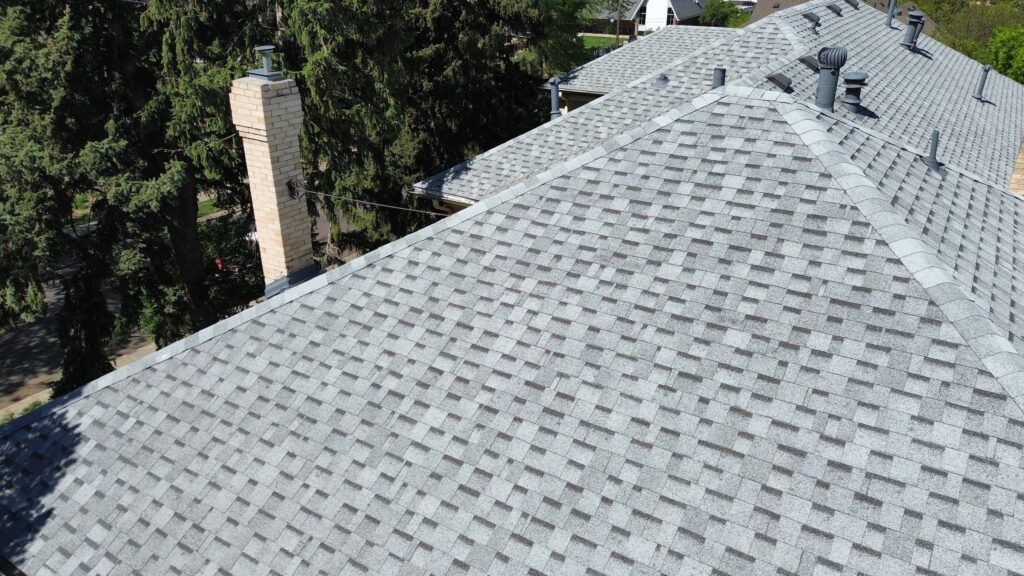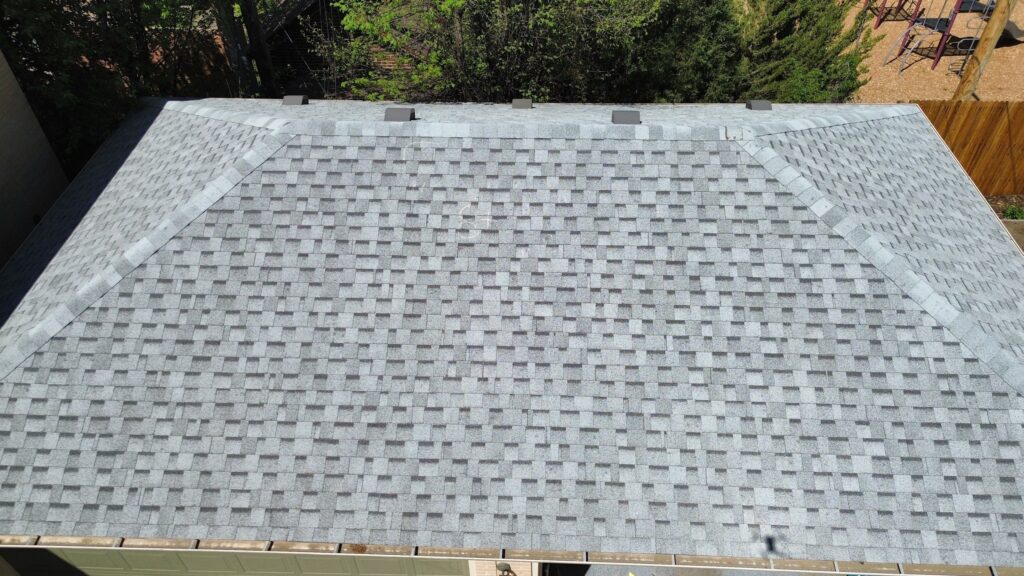Signs It’s Time for a Roof Replacement in Denver
A structurally sound roof is essential for protecting your home from Colorado’s unpredictable climate. In many cases, homeowners overlook early warning signs of roof failure until significant damage occurs. Below, we highlight key indicators that it’s time to consider a roof replacement — especially if you’re located in the greater Denver area. Whether due to age, storm damage, installation flaws, or poor energy efficiency, each reason points to the same conclusion: don’t delay a professional assessment.
1. Roof Age and Material Longevity
The age of your roof remains one of the clearest and most dependable signs that replacement may be necessary. Asphalt shingles, the most common roofing material generally last 15 to 25 years under ideal conditions. However, Denver’s freeze-thaw cycles and intense UV exposure often shorten this lifespan. If your roof is nearing or exceeding this age range, even if no visible damage exists, it may no longer provide adequate protection.
Older roofs often suffer from weakened shingles, deteriorating underlayment, and failing flashing. These can all lead to subtle leaks and interior moisture buildup long before outward signs become apparent. Scheduling a professional inspection is crucial for diagnosing hidden vulnerabilities early.
2. Severe Weather and Hail Damage
Denver experiences frequent hailstorms and high wind events, particularly during spring and summer. These storms can lead to cracked, curled, or missing shingles — even on newer roofs. Hail impact, while sometimes cosmetic, can also damage the granule layer of asphalt shingles, accelerating deterioration.
Left unchecked, storm damage allows water intrusion that compromises structural integrity, insulation, and even interior ceilings and walls. Homeowners should inspect their roofs after every major weather event and contact a trusted roofing company in Denver for emergency assessments. While minor damage may be repairable, widespread issues typically demand full roof replacement.
3. Poor Installation and Inferior Materials
Improper installation is another leading cause of premature roof failure. When a roof is installed without attention to ventilation, flashing, or proper nailing techniques, its performance declines rapidly. This is common in cases where budget contractors or unlicensed roofers cut corners using low-grade materials.
Warning signs of faulty installation include uneven shingles, sagging areas, improper gutter drainage, and recurring leaks — particularly around chimneys or skylights. If you’re experiencing these problems soon after a previous installation, it may be more cost-effective to invest in a new system installed by experienced roofing contractors rather than continue patchwork repairs.
4. Escalating Energy Bills and Poor Efficiency
A poorly insulated or ventilated roof allows indoor heat to escape during winter and invites excessive heat during summer. This increases reliance on HVAC systems and results in soaring energy bills. Modern roofing systems incorporate advanced underlayment, reflective shingles, and ridge venting to enhance overall energy performance.
If your attic is excessively hot in summer or you’ve noticed a recent spike in heating costs, your roof may be the culprit. A new, energy-efficient system can restore climate control and improve indoor comfort while reducing long-term energy costs — making it an investment with immediate returns.
5. Visible Structural Deterioration
Moss, rot, sagging sections, and granule buildup in gutters are all signs your roof is deteriorating. Sagging usually indicates water saturation or compromised roof decking, both of which signal structural danger. Shingle granules in gutters mean your protective barrier is thinning — leaving your roof vulnerable to rain, snow, and UV exposure.
Timely roof replacement helps avoid these conditions before they escalate into serious and costly structural repairs. If these symptoms appear, schedule a full inspection from a certified Denver roofing contractor immediately.
Conclusion
Your roof is your home’s first defense against Denver’s extreme weather, and early action is key to preventing long-term damage. If your roof is aging, storm-damaged, poorly installed, or affecting your energy efficiency, don’t ignore the signs. A professionally installed replacement not only restores protection but also enhances property value and peace of mind.
For homeowners seeking experienced roofers, Tried and True Roofing offers trusted services backed by local expertise and durable craftsmanship. Contact a certified professional to assess your needs and secure your home before problems grow worse.
Signs It’s Time for a Roof Replacement in Denver Read More »





